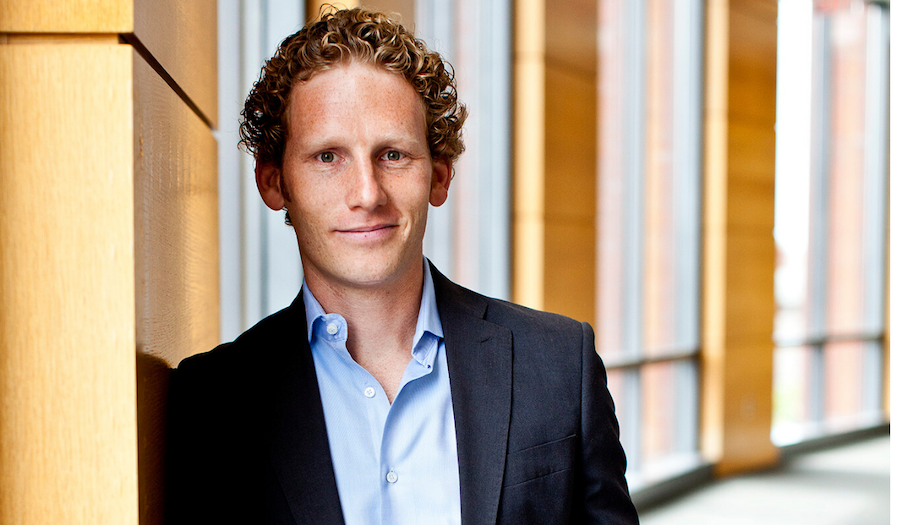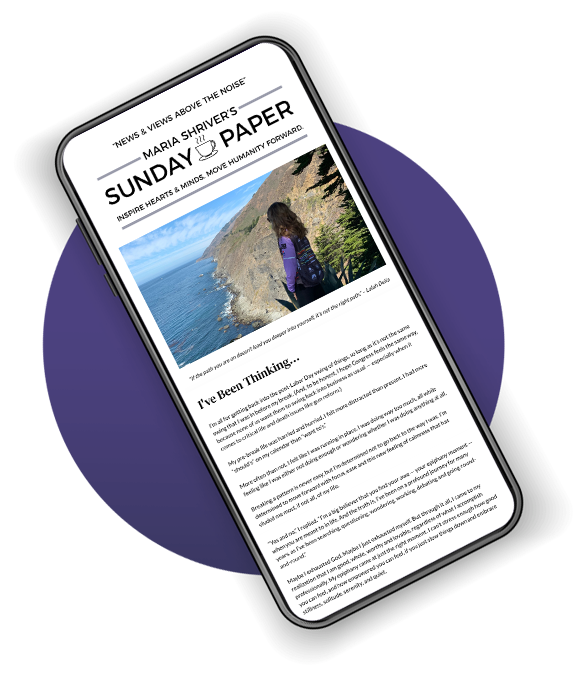The 5 Key Roadblocks to Change

THE CATALYST, the new book by Jonah Berger, is about discovering the hidden barriers preventing change and learning how to mitigate them. Each chapter focuses on one of these roadblocks and how to reduce it, integrating research and case studies to illustrate the underlying science behind each roadblock and the principles that individuals and organizations have used to mitigate it.
Principle 1: Reactance
When pushed, people push back. Just like a missile defense system protects against incoming projectiles, people have an innate anti-persuasion system. Radar that kicks in when they sense someone is trying to convince them. To lower this barrier, catalysts encourage people to persuade themselves. You’ll learn about the science of reactance, how warnings become recommendations, and the power of tactical empathy. How a public health official got teens to quit smoking and how a hostage negotiator got hardened criminals to come out with their hands up, just by asking.
Principle 2: Endowment
As the old saying goes, if it ain’t broke, don’t fix it. People are wedded to what they’re already doing. And unless what they’re doing is terrible, they don’t want to switch. To ease endowment, or people’s attachment to the status quo, catalysts highlight how inaction isn’t as costless as it seems. Discover why sellers value things more than buyers, why the upsides need to be 2.6 times larger than the downsides to get people to take action, and why spraining a finger can actually be more painful than breaking one. How financial advisors get clients to invest more sensibly and how IT professionals get employees to adopt new technologies.
Principle 3: Distance
People have an innate anti-persuasion system, but even when we just provide information, sometimes it backfires. Why? Another barrier is distance. If new information is within people’s zone of acceptance, they’re willing to listen. But if it is too far away, in the region of rejection, everything flips. Communication is ignored or, even worse, increases opposition. You’ll learn how to swing a voter and how a political activist got committed conservatives to support liberal policies like transgender rights. Why big changes require asking for less, not pushing for more. And how catalysts find the unsticking points to change minds on the seemingly toughest issues.
like transgender rights. Why big changes require asking for less, not pushing for more. And how catalysts find the unsticking points to change minds on the seemingly toughest issues.
Principle 4: Uncertainty
Change often involves uncertainty. Will a new product, service, or idea be as good as the old one? It’s hard to know for sure, and this uncertainty makes people hit the pause button, halting action. To overcome this barrier, catalysts make things easier to try. Like free samples at the supermarket or test drives at the car dealership, reducing risk by letting people experience things for themselves. Discover why lenient return policies increase profits, why farmers fail to adopt helpful innovations, and how a former minor-league baseball ticket salesman built a billion-dollar business on free shipping. And lest you think this idea is restricted to big businesses with a product or service to offer, I’ll show you how anyone can apply these concepts, from animal shelters and accountants to vegetarians and organizational change efforts.
Principle 5: Corroborating Evidence
Sometimes one person, no matter how knowledgeable or assured, is not enough. Some things just need more proof. More evidence to overcome the translation problem and drive change. Sure, one person endorsed something, but what does their endorsement say about whether I’ll like it? To overcome this barrier, catalysts find reinforcement. Corroborating evidence. You’ll see how substance abuse counselors encourage addicts to seek treatment, which sources are most impactful, and why and when it’s better to concentrate scarce resources rather than spreading them out.
Reactance, Endowment, Distance, Uncertainty, and Corroborating Evidence can be called the five horsemen of inertia. Five key roadblocks that hinder or inhibit change. They can be organized into a convenient acronym. Catalysts reduce Reactance, ease Endowment, shrink Distance, alleviate Uncertainty, and find Corroborating Evidence. Taken together, that forms an acronym, REDUCE. Which is exactly what great catalysts do. They REDUCE roadblocks. They change minds and incite action by reducing barriers to change.
From THE CATALYST by Jonah Berger. Copyright © 2020 by Social Dynamics Group, LLC. Excerpted with permission of Simon & Schuster.
This excerpt was featured in the March 8th edition of The Sunday Paper. The Sunday Paper inspires hearts and minds to rise above the noise. To get The Sunday Paper delivered to your inbox each Sunday morning for free, click here to subscribe.


